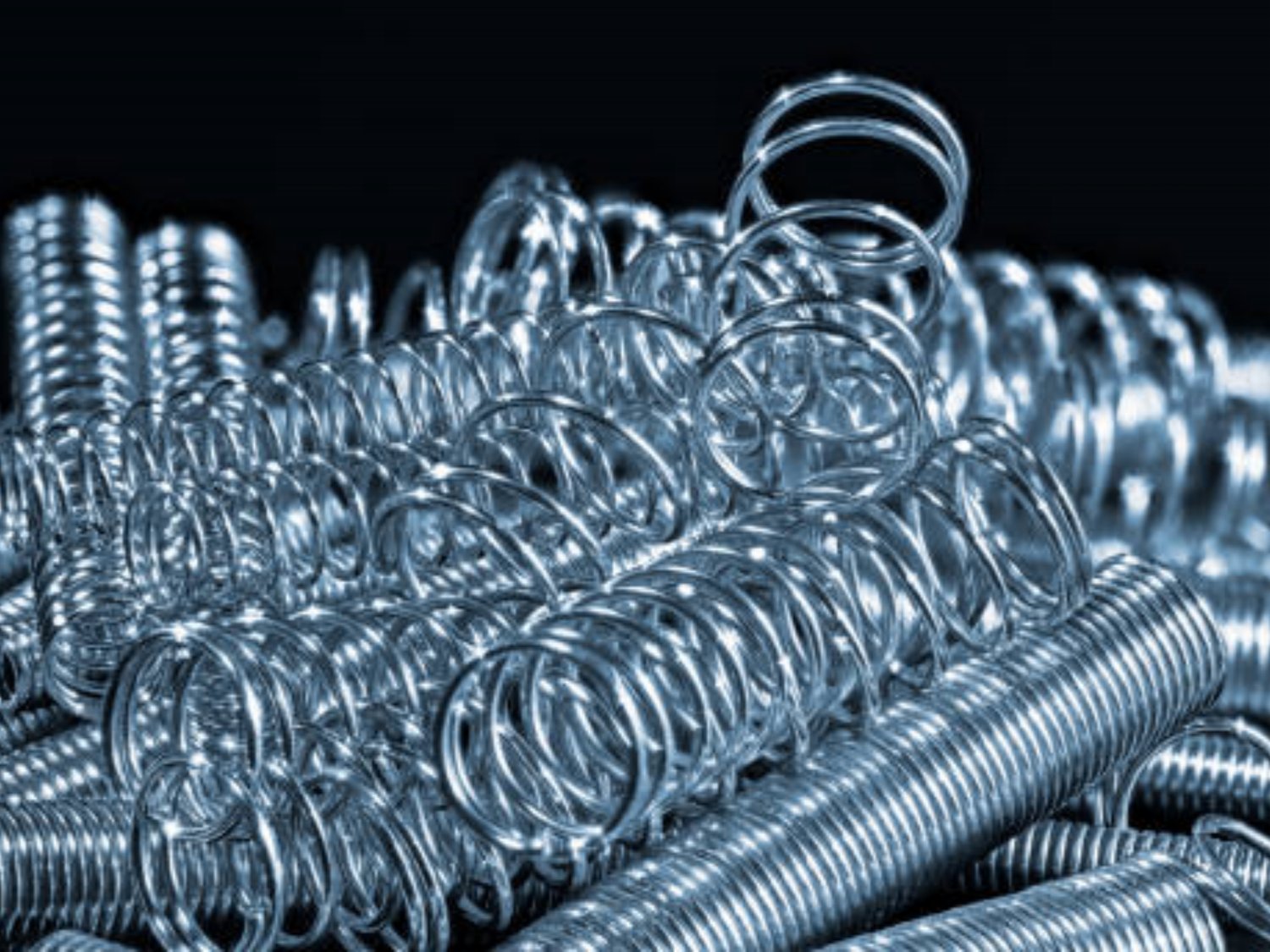Introduction: Understanding the Basics of helical compression springs
Helical compression springs are a fundamental component of various mechanical systems and devices. These springs are designed to absorb and store energy when subjected to a compressive force. They are widely used in industries such as automotive, aerospace, and manufacturing. In this comprehensive guide, we will explore the different aspects and applications of helical compression springs, shedding light on their design, materials, calculations, and more.
The Anatomy of a Helical Compression Spring
A helical compression spring consists of several essential components that work together to provide the desired performance. These components include the wire, pitch, diameter, number of coils, and ends. The wire, typically made of high-quality steel, determines the strength and durability of the spring. The pitch refers to the distance between adjacent coils, while the diameter is the external measure of the spring. The number of coils affects the spring's compression and extension capabilities. Lastly, the ends of the spring can be designed in various forms, such as closed, open, or ground, depending on the intended application.
Types of Helical Compression Springs
Helical compression springs come in different types, each suited for specific applications. Some common types include conical springs, barrel springs, hourglass springs, and straight cylindrical springs. Conical springs have a tapered shape, offering variable spring rates and solid height reduction. Barrel springs have a larger outer diameter compared to the inner diameter, providing stability and resistance to buckling. Hourglass springs have a center section with a smaller diameter than the ends, allowing for a progressive spring rate. Straight cylindrical springs have a uniform diameter throughout their length, making them suitable for general-purpose applications.
Materials Used in Helical Compression Springs
The choice of material for a helical compression spring depends on the application's requirements, including load, temperature, and environmental conditions. The most commonly used materials include high-carbon steel, stainless steel, and alloy steel. High-carbon steel offers excellent strength and durability, making it suitable for heavy-duty applications. Stainless steel is corrosion-resistant and ideal for applications exposed to moisture or chemicals. Alloy steel provides a balance of strength and flexibility, often used in automotive and aerospace industries.
Design Considerations for Helical Compression Springs
Designing helical compression springs involves several critical considerations to ensure optimal performance and longevity. These considerations include the spring rate, solid height, free length, maximum deflection, and stress levels. The spring rate indicates the force required to compress or extend the spring by a certain distance. The solid height refers to the length of the spring when it is fully compressed. The free length is the overall length of the spring when it is not under any load. The maximum deflection represents the maximum distance the spring can compress or extend. Stress levels need to be carefully analyzed to prevent premature failure.
Calculating the Properties of Helical Compression Springs
Accurately calculating the properties of helical compression springs is essential for ensuring their functionality and reliability. Key calculations include spring rate, maximum load, maximum stress, and natural frequency. The spring rate can be calculated using Hooke's law, which relates the force applied to the spring and the resulting deformation. The maximum load is the maximum force the spring can withstand without permanent deformation. Maximum stress is determined by analyzing the material's yield strength and the applied force. The natural frequency represents the spring's frequency of oscillation when subjected to an external force.
Applications of Helical Compression Springs
Helical compression springs find extensive use in numerous industries and applications. They are commonly employed in suspension systems, valves, clutches, brakes, and heavy machinery. In the automotive industry, helical compression springs are vital components of shock absorbers and suspension systems, ensuring a smooth and comfortable ride. They also play a crucial role in industrial machinery, providing support, damping, and energy storage capabilities. Additionally, helical compression springs are used in medical devices, electronics, and even everyday items like pens and toys.
Advantages and Limitations of Helical Compression Springs
Helical compression springs offer several advantages that make them preferred over other types of springs. They provide high energy storage capacity, allowing for efficient absorption and release of energy. They can be designed to handle varying loads and deflections, making them versatile for different applications. Additionally, helical compression springs are cost-effective and readily available in various sizes and materials. However, they do have limitations. Over time, they may experience fatigue and lose their elasticity. They can also undergo permanent deformation if subjected to excessive forces or extreme temperatures.
Maintaining and Extending the Lifespan of Helical Compression Springs
To ensure the longevity and optimal performance of helical compression springs, proper maintenance is crucial. Regular inspection for signs of wear, corrosion, or damage is essential. Lubrication, where applicable, helps reduce friction and wear. Temperature and environmental conditions should be monitored to prevent premature degradation. If any issues are detected, prompt replacement or repair is necessary. Additionally, storing springs in a controlled environment, away from moisture and corrosive substances, helps maintain their integrity and extends their lifespan.
Conclusion: The Importance of Helical Compression Springs
In conclusion, helical compression springs are indispensable components in a wide range of mechanical systems and devices. Their ability to absorb and store energy, coupled with their versatility and reliability, make them essential for various applications. By understanding their design principles, materials, calculations, and maintenance requirements, engineers and designers can harness the full potential of helical compression springs to enhance performance, improve safety, and drive innovation in countless industries.

